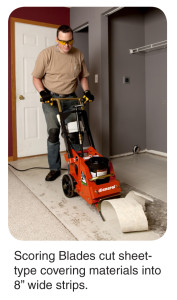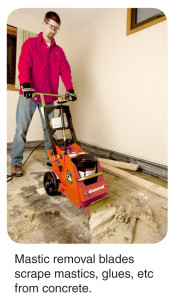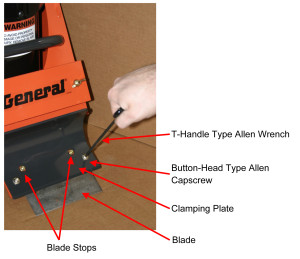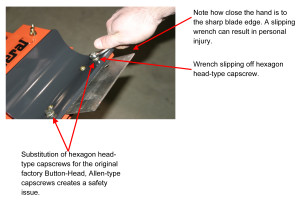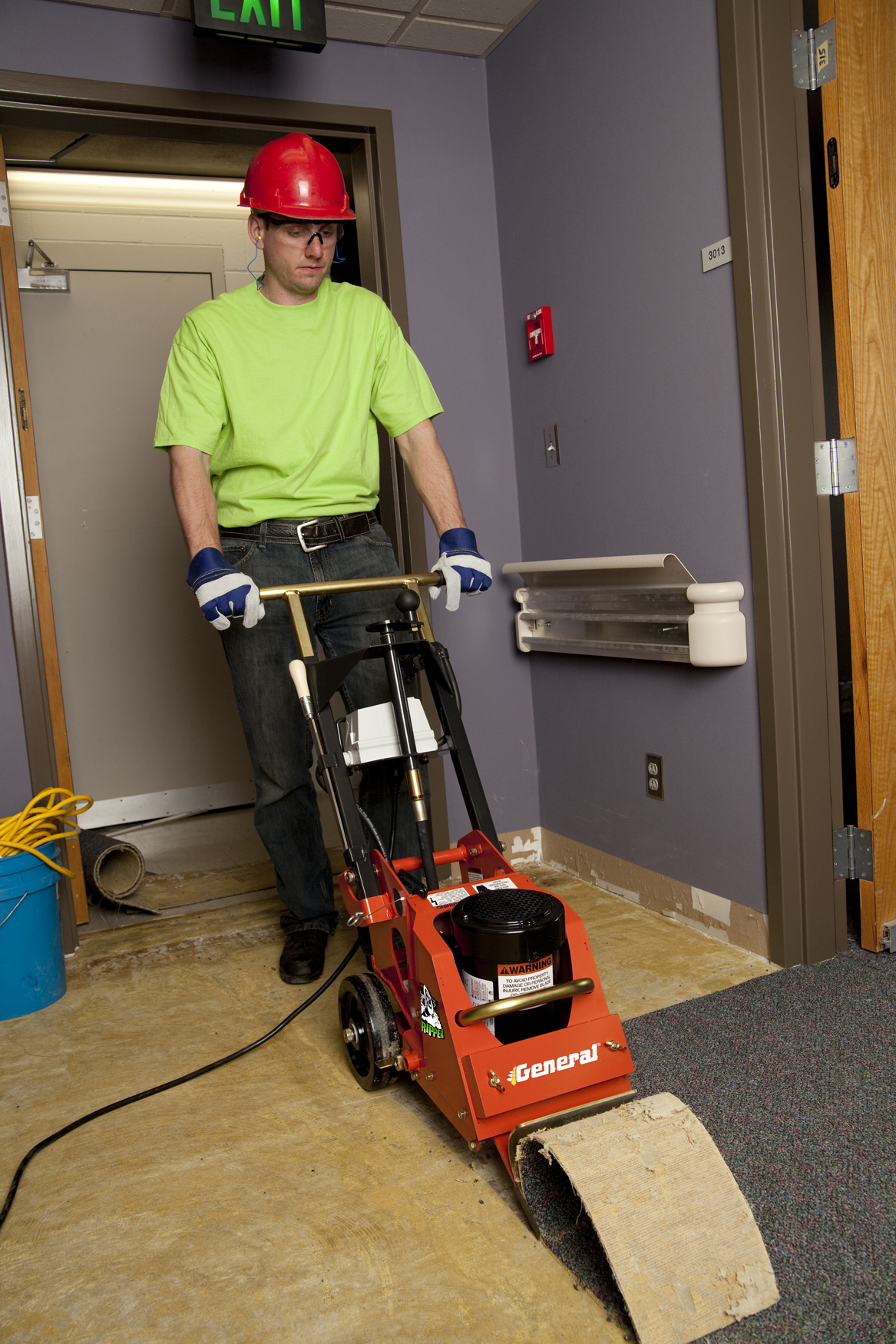Guide to RIP-R-STRIPPER® Blades
Part Number, Description and Application.

Blades for removing VCT
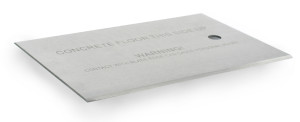
Part Number: FCS16-1100
Description: Blade, straight, 4” x 6” wide, dual beveled edge.
Application: For use with general purpose removal projects on both concrete and wood surfaces.
For use with FCS10, FCS16.
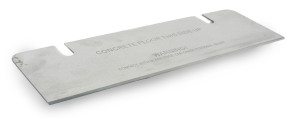
Part Number: FCS16-1300
Description: Blade, straight, 3” x 10”, single beveled edge.
Application: For use with general removal projects on both concrete and wood floors.
For use with FCS10, FCS16.
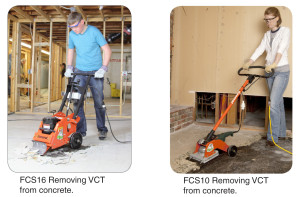
Need help?
Call us at 800.533.0524, or
email: support@generalequip.com.
Blade for removing mastics, adhesives, or material build-up
Part Number: FCS16-1200
Description: Blade, mastic removal, 6” wide, single beveled edge.
Application: For removing mastic and thin film coverings from concrete floors ONLY. For use with FCS10, FCS16.
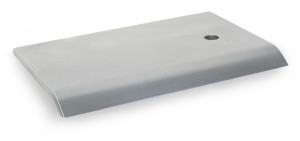
Blades for removing Linoleum or Rubber-Backed Carpet
Part Number: FCS16-1500
Description: Blade, scoring, 8” wide, beveled edge FACING UP.
Application: For use removing glued carpet and sheet type linoleum, rubber, PVC etc. coverings from concrete surfaces ONLY. For use with FCS10, FCS16.
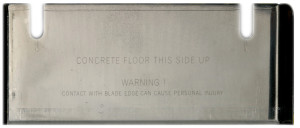
Part Number: FCS16-1600
Description: Blade, scoring, 8” wide, beveled edge FACING DOWN.
Application: For use removing glued carpet and sheet type linoleum, rubber, PVC etc. coverings from wood surfaces ONLY.
For use with FCS10, FCS16.
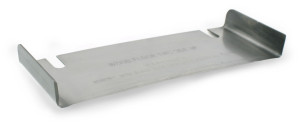
If you have any questions or comments, please feel free to contact us.
Telephone: 800.533.0524 | Email: support@generalequip.com


